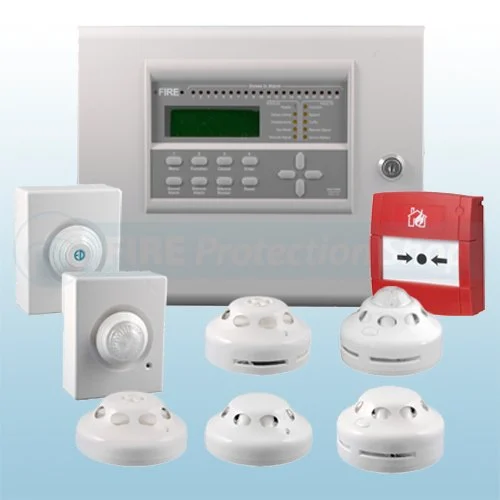
Fire Alarm System
A Fire Alarm System is a critical safety feature in buildings designed to detect and alert occupants of a fire. These systems are essential for minimizing the risks associated with fire, including injury, loss of life, and property damage. They work by detecting signs of fire, such as smoke, heat, or flames, and notifying occupants and emergency services to take appropriate action.
Components of a Fire Alarm System:
Detection Devices:
- Smoke Detectors: Detect smoke particles in the air. There are two main types:
- Ionization Smoke Detectors: Respond to fast-flaming fires with small smoke particles.
- Photoelectric Smoke Detectors: Respond to smoldering fires with larger smoke particles.
- Heat Detectors: Trigger an alarm based on a rise in temperature or when a specific temperature threshold is reached.
- Flame Detectors: Detect the presence of flames by sensing the UV or IR radiation emitted by the fire.
Alarm Notification Devices:
- Fire Alarms: Produce audible alerts (bells, horns, or sirens) to notify occupants of a fire.
- Strobe Lights: Flashing lights that complement audible alarms, particularly useful in noisy environments or for individuals with hearing impairments.
- Voice Evacuation Systems: Provide recorded or live voice instructions to guide occupants during an emergency evacuation.
Control Panel:
- The central unit that monitors signals from detection devices and activates alarms. It also provides status information and may allow manual control of the system.
Manual Pull Stations:
- Wall-mounted devices that allow occupants to manually trigger the fire alarm system if they detect a fire. They are typically located near exits.
Notification Appliances:
- Devices that relay alerts to emergency services or other buildings, such as automatic dialing systems or text-based notifications.
Fire Alarm System Network:
- For large buildings or complexes, fire alarm systems are often networked to allow communication between multiple control panels and detection devices.
